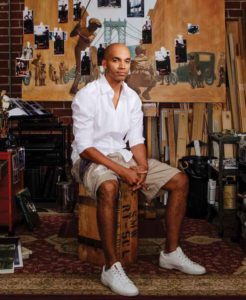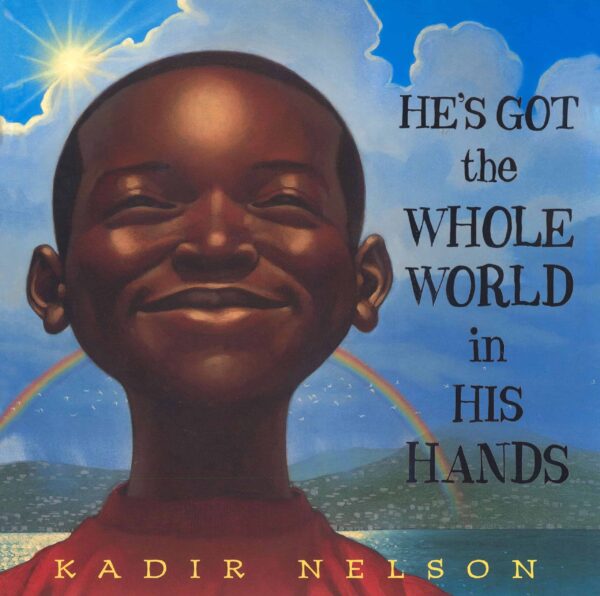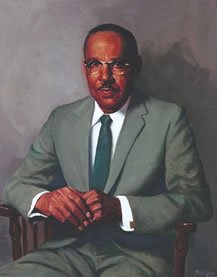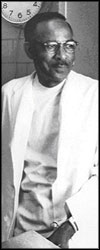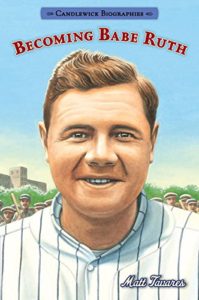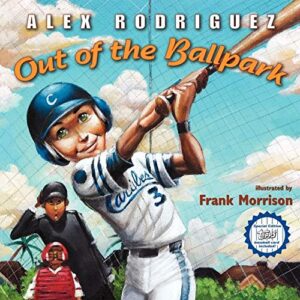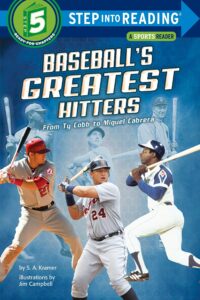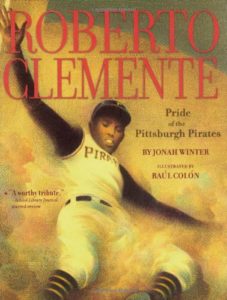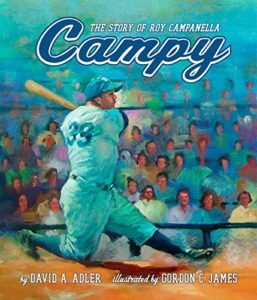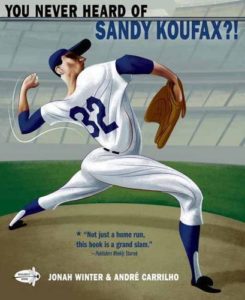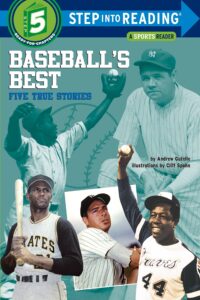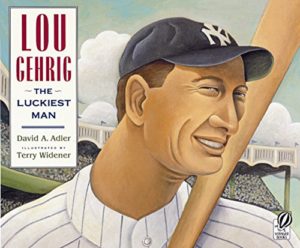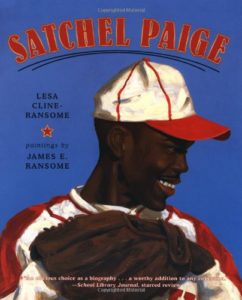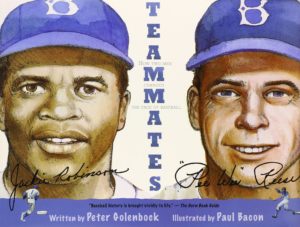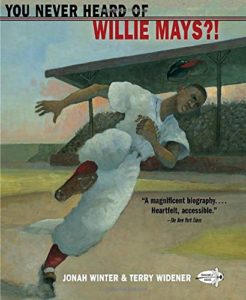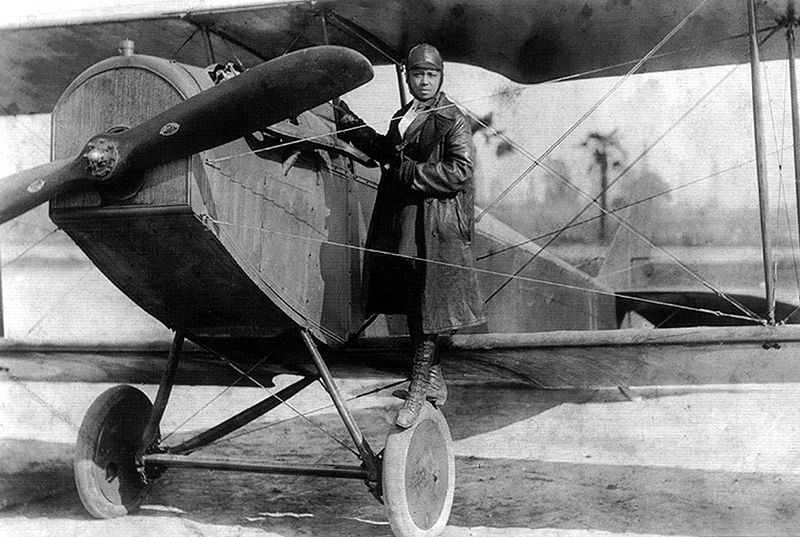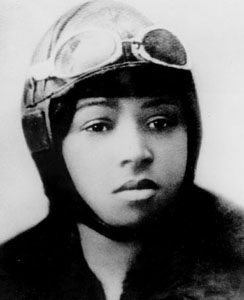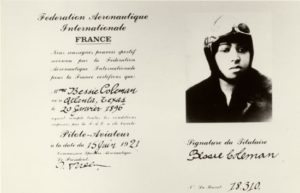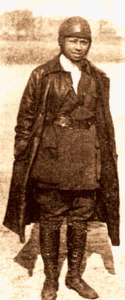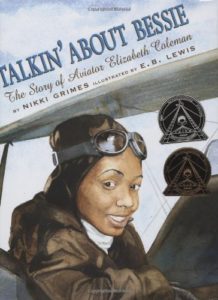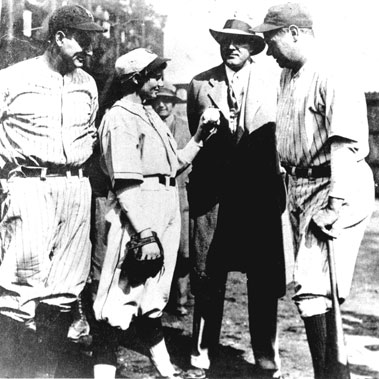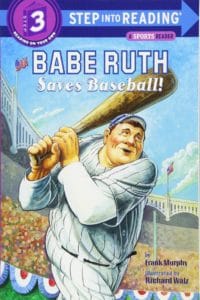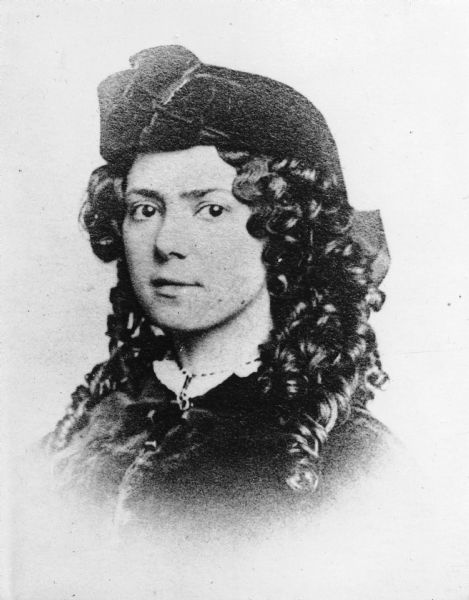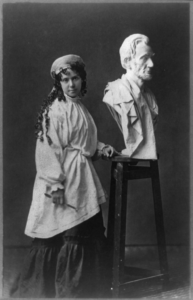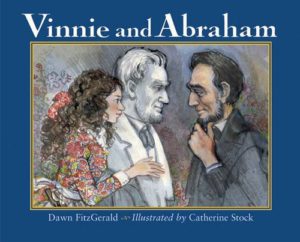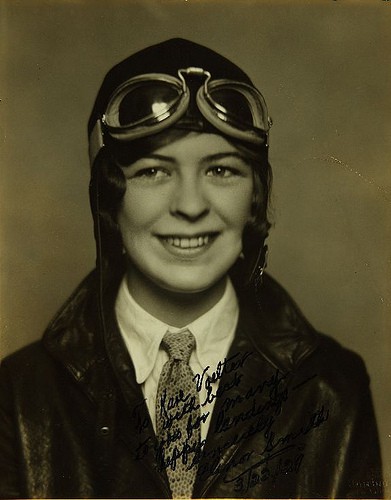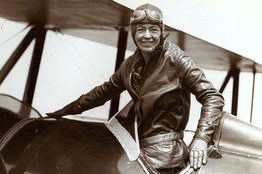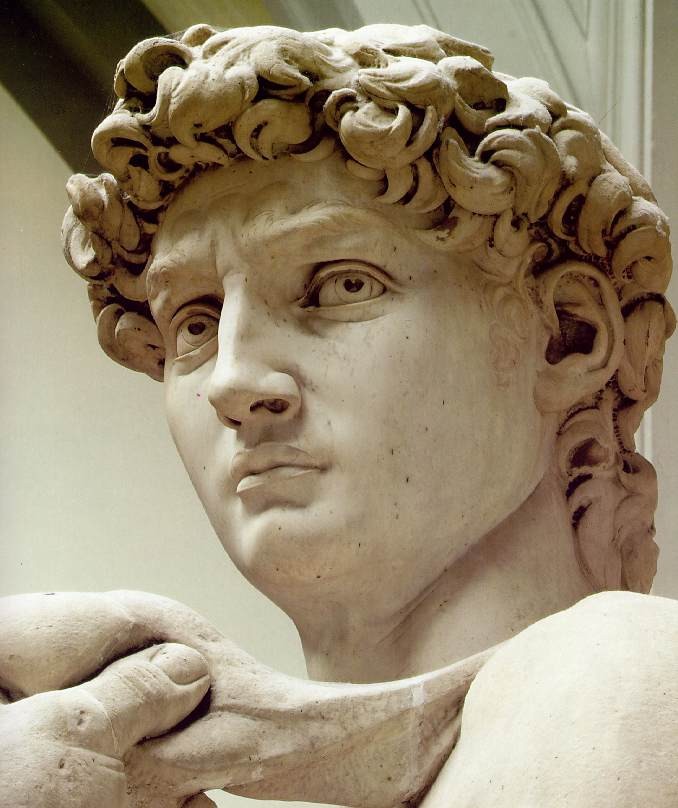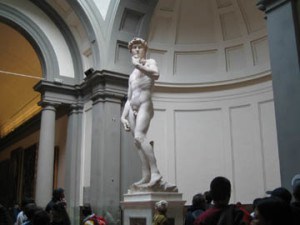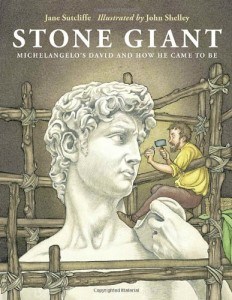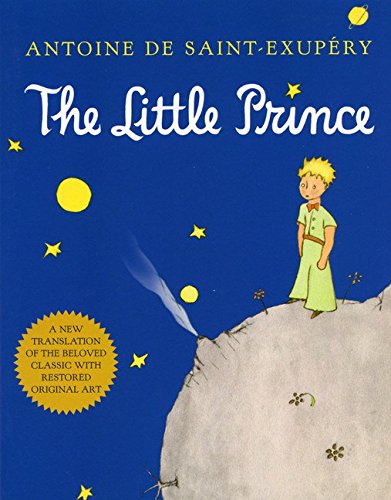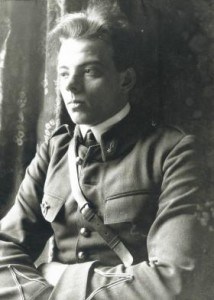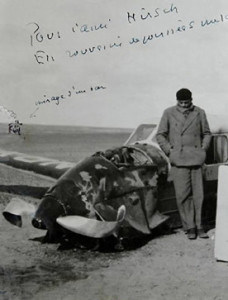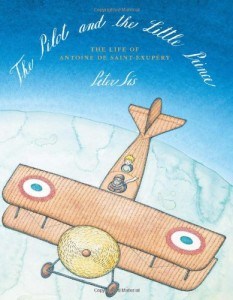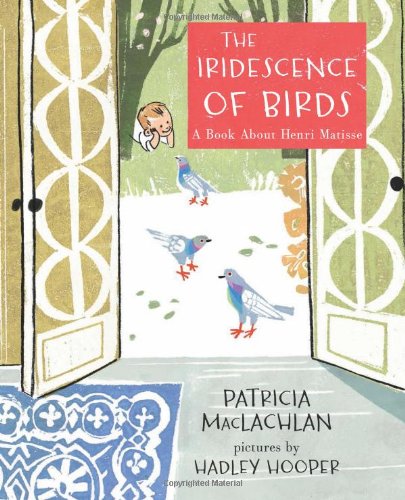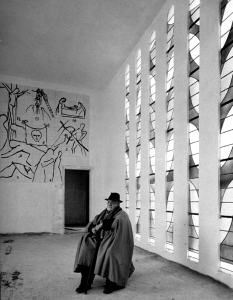Eleven books for kids by award-winning artist, author, and illustrator Kadir Nelson:
He’s Got the Whole World in His Hands
By Kadir Nelson
What began as a spiritual has developed into one of America’s best-known songs, and now for the first time it appears as a picture book, masterfully created by award-winning artist Kadir Nelson.Through sublime landscapes and warm images of a boy and his family, Kadir has created a dazzling, intimate interpretation, one that rejoices in the connectedness of people and nature.
Inspired by the song’s simple message, Kadir sought to capture the joy of living in and engaging with the world. Most importantly, he wished to portray the world as a child might see it—vast and beautiful.
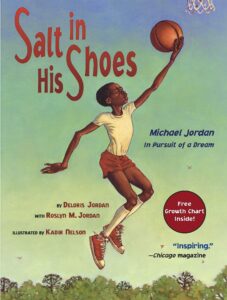
Salt in His Shoes: Michael Jordan In Pursuit of a Dream
by Delores Jordan and Roslyn M. Jordan,
Illustrated by Kadir Nelson
The mere mention of the name conjures up visions of basketball played at its absolute best. But as a child, Michael almost gave up on his hoop dreams. He feared he’d never grow tall enough to play the game that would one day make him famous. That’s when his mother and father stepped in and shared an invaluable lesson. What really goes into the making of a champion is patience, determination, and hard work.
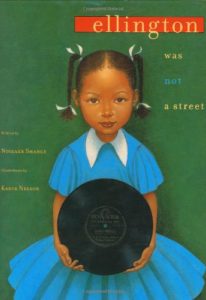
Ellington Was Not A Street
by Ntozake Shange, Illustrated by Kadir Nelson
Noted poet Ntozake Shange recalls her childhood home and the close-knit group of innovators that often gathered there. These men of vision, brought to life in the majestic paintings of artist Kadir Nelson, lived at a time when the color of their skin dictated where they could live, what schools they could attend, and even where they could sit on a bus or in a movie theater. Yet in the face of this tremendous adversity, these dedicated souls and others like them not only demonstrated the importance of Black culture in America, but also helped issue in a movement that “changed the world.”

Nelson Mandela
By Kadir Nelson
It is the story of a young boy’s determination to change South Africa, and of the struggles of a man who eventually became the president of his country. Mandela believed in equality for all people, no matter the color of their skin. Readers will be inspired by Mandela’s triumph and his lifelong quest to create a more just world.
Resources in the back include an author’s note and a bibliography listing additional sources for readers who want to find out more. Perfect for sharing at home or in the classroom.

Heart and Soul: The Story of Americans and African Americans
by Kadir Nelson
The story of Americans and African Americans is a story of hope and inspiration and unwavering courage. This is the story of the men, women, and children who toiled in the hot sun picking cotton for their masters. It’s about the America ripped in two by Jim Crow laws. And about the brothers and sisters of all colors who rallied against those who would dare bar a child from an education. This is a story of discrimination and broken promises, determination, and triumphs.
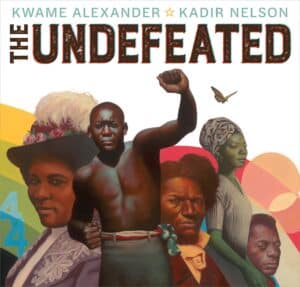
The Undefeated
By Kwame Alexander, Illustrated by Kadir Nelson
Originally performed for ESPN’s The Undefeated, this poem is a love letter to black life in the United States. It highlights the unspeakable trauma of slavery, the faith and fire of the civil rights movement, and the grit, passion, and perseverance of some of the world’s greatest heroes. The text includes references to the words of Martin Luther King, Jr., Langston Hughes, Gwendolyn Brooks, and others, offering deeper insights into the accomplishments of the past, while bringing attention to the endurance and spirit of those surviving and thriving in the present. Back matter provides historical context and additional detail for those wishing to learn more.
Coretta Scott
by Ntozake Shange, Illustrated by Kadir Nelson
Walking many miles to school in the dusty road, young Coretta Scott knew the unfairness of life in the segregated south. A yearning for equality began to grow. Together with Martin Luther King, Jr., she gave birth to a vision of change through nonviolent protest. It was the beginning of a journey — with dreams of freedom for all.
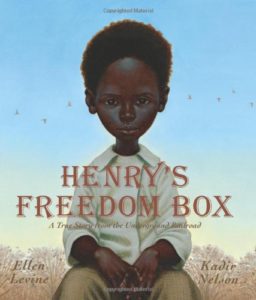
Henry’s Freedom Box: A True Story from the Underground Railroad
by Ellen Levine, Illustrated by Kadir Nelson
Henry Brown doesn’t know how old he is. Nobody keeps records of slaves’ birthdays. All the time he dreams about freedom, but that dream seems farther away than ever when he is torn from his family and put to work in a warehouse. Henry grows up and marries, but he is again devastated when his family is sold at the slave market. Then one day, as he lifts a crate at the warehouse, he knows exactly what he must do: He will mail himself to the North. After an arduous journey in the crate, Henry finally has a birthday — his first day of freedom.
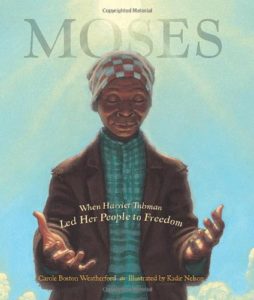
Moses: When Harriet Tubman Led Her People to Freedom
by Carole Boston Weatherford, Illustrated by Kadir Nelson
This poetic book is a resounding tribute to Tubman’s strength, humility, and devotion. With proper reverence, Weatherford and Nelson do justice to the woman who, long ago, earned over and over the name Moses.

Abe’s Honest Words: The Life of Abraham Lincoln (Big Words)
by Doreen Rappaport, Illustrated by Kadir Nelson
From the time he was a young boy roaming the forests of the unsettled Midwest, Abraham Lincoln knew in his heart that slavery was deeply wrong. A voracious reader, Lincoln spent every spare moment of his days filling his mind with knowledge, from history to literature to mathematics, preparing himself to one day lead the country he loved toward greater equality and prosperity.

A Nation’s Hope: The Story of Boxing Legend Joe Louis
by Matt De La Pena, Illustrated by Kadir Nelson
On the eve of World War II, African-American boxer Joe Louis fought German Max Schmeling in a bout that had more at stake than just the world heavyweight title. For much of America, their fight came to represent America’s war with Germany. This elegant and powerful picture book biography centers on this historic fight in which the American people came together to celebrate our nation’s founding ideals.
Visit Kadir Nelson at: http://kadirnelson.com
The book descriptions used are primarily from the publishers.
If you like this post, then please consider sharing it and leaving a comment below. Thank you! Barbara Lowell, Children’s Author
You may like: Kids Books Andrea Davis Pinkney https://barbaralowell.com/kids-books-andrea-davis-pinkney
